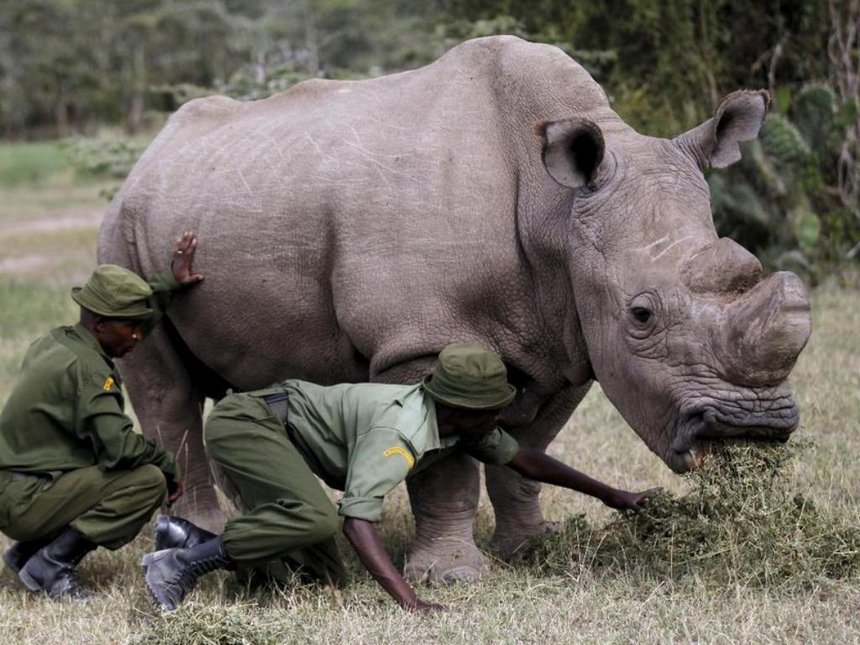
Kenya reimagining wildlife conservation strategies as threats mutate

Kenya has embarked on the retooling of national conservation programs for iconic wildlife species amid evolving threats to their survival linked to pathogens, invasive species, shrinking habitat and climatic shocks.
Najib Balala, cabinet secretary for Tourism and Wildlife, noted that a reimagining of wildlife conservation strategies will focus on expanding their space, community engagement, research and big data to revitalize action on human-and-nature-induced threats that have mutated rapidly.
Balala said the government will invest in additional space for wildlife, promote community participation in anti-poaching efforts and leverage on data to inform action on new threats like invasive species and pandemics.
“We are remodeling wildlife conservation programs to ensure they are responsive to threats that have moved beyond poaching to cover conflict with communities over space as well as diseases and climate-related disasters,” Balala said during an event to mark World Elephants Day on Wednesday.
He said the government will leverage innovative financing to strengthen protection of endangered wildlife species through anti-poaching awareness and livelihood support for communities engaged in conservation work.
Balala said that the immediate priority for the government was to incentivize local communities to co-exist with iconic wildlife species that generate revenue to the exchequer through tourism.
“The government will continue to provide incentives to communities willing to facilitate the use of their land for wildlife corridors and dispersal areas,” said Balala.
He said that providing alternative land to communities adjacent to wildlife sanctuaries will minimize conflicts that are to blame for the declining population of carnivores.
Balala said the government will enforce deterrent laws to curb human encroachment on wildlife habitat while providing financial incentives to farmers and nomads who promote harmonious co-existence with wild animals.
“We will ensure that communities accrue benefits from protecting wildlife habitats that have declined in size due to rapid population growth,” said Balala.
He said the government will provide regulatory incentives to enhance financial sustainability of conservancies that provide livelihood support to local communities involved in the protection of wildlife habitats.
According to Balala, the launch of a Wildlife Research and Training Institute on Monday will boost access to the latest data on iconic species in the country and the threats they faced.
“This will be the baseline data and information that will form the basis for monitoring wildlife population trends in the country,” said Balala adding that Kenya intends to use drones to conduct wildlife census in remote areas.
Kenya marked World Elephants Day amid calls for a paradigm shift to enhance the protection of the giant land mammals amid threats to their survival linked to poaching and habitat fragmentation.
Fred Segor, principal secretary in the State Department of Tourism and Wildlife said that expanding space for iconic mammals like elephants and rhinos combined with enhanced surveillance is key to boost their survival.
“We need to explore innovative ways to expand habitats for elephants and other wildlife,” said Segor, adding that protecting habitats for iconic species will boost their resilience to future pandemics and climatic stresses.
John Waweru, director-general, Kenya Wildlife Service (KWS), said that revamping national conservation programs is imperative given the emergence of new and virulent threats to the iconic species like mammals, carnivores and birds.
“The use of modern technology and enforcement of punitive legislation to deter wildlife crimes will guarantee a safe and lasting future for the iconic species,” said Waweru.
He said that Kenya is banking on regional cooperation, research, public awareness and sustainable funding models to rejuvenate wildlife conservation amid disruptions linked to COVID-19 pandemic.






